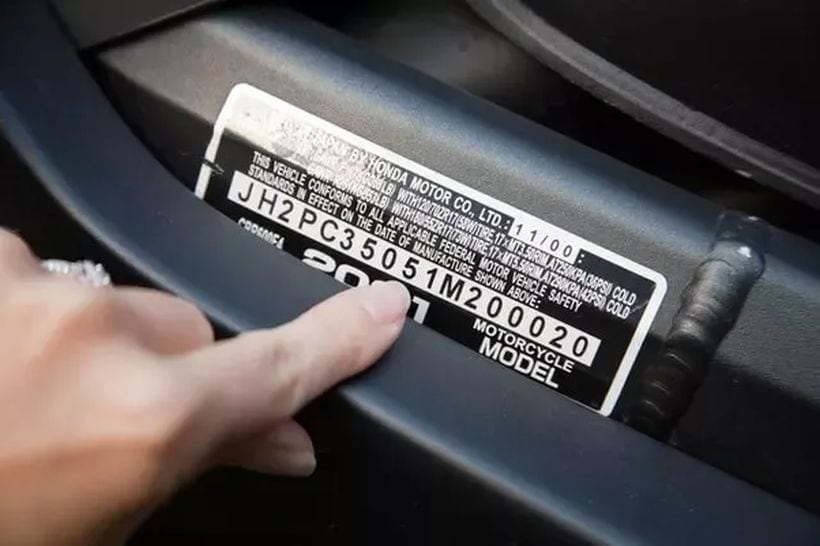Not every car owner will beware their vehicle has a unique 17-digit vehicle identification number, also known as the VIN.
But what is a VIN number and why is it Important?
The reason why a VIN number is crucial is that this identifies a vehicle and will cut down on crime. if you have checked a vehicle identification number as part of the process of buying a used car, and if one or more of these numbers is different, then it’s time to walk away.
It might also be a good idea to contact the police to flag up the issue of someone trying to sell a cloned or stolen car.
The bottom line is that undertaking a full car registration check from a company similar to InstantRegCheck that will help identify any issues and help you avoid buying a car that the police may then impound.
17-digit vehicle identification number
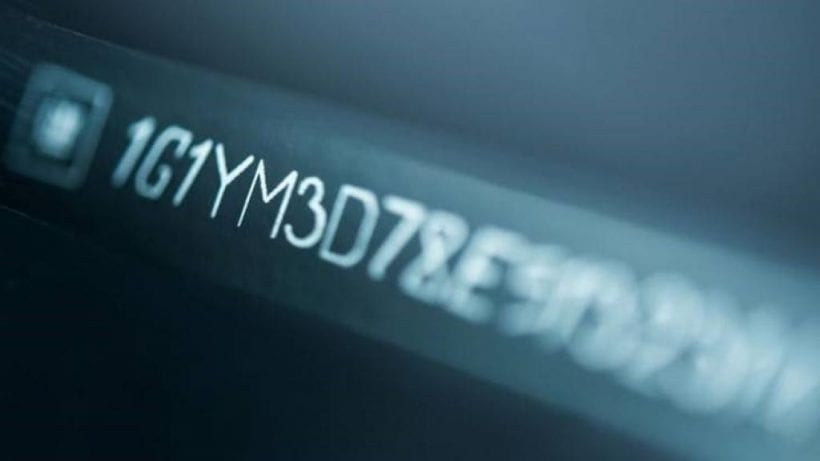
Every modern car has this 17-digit vehicle identification number and there is a global standardised system in place.
This number is different from your vehicle’s registration plate and the VIN number cannot be swapped or changed.
Once it has been issued on the production line, it will be stamped onto the chassis and this identification number will be used for the rest of the vehicle’s life.
The purpose is not only to identify a car but also to help authenticate its ownership.
The VIN number is also crucial when comes to ordering the correct parts, especially for older models.
How do you find the VIN on a car?
Having said that the VIN number is stamped on the chassis, how do you find the VIN on a car?
The most obvious place on most cars is at the base of the windscreen where the visible VIN is found.
The number is there for the police to carry out a quick check to confirm whether the car has been stolen or cloned.
There will also be a metal plate in the engine bay and sometimes there is one by the driver’s door.
Your vehicle’s handbook will reveal where the VIN numbers are located.
Why the VIN number is important
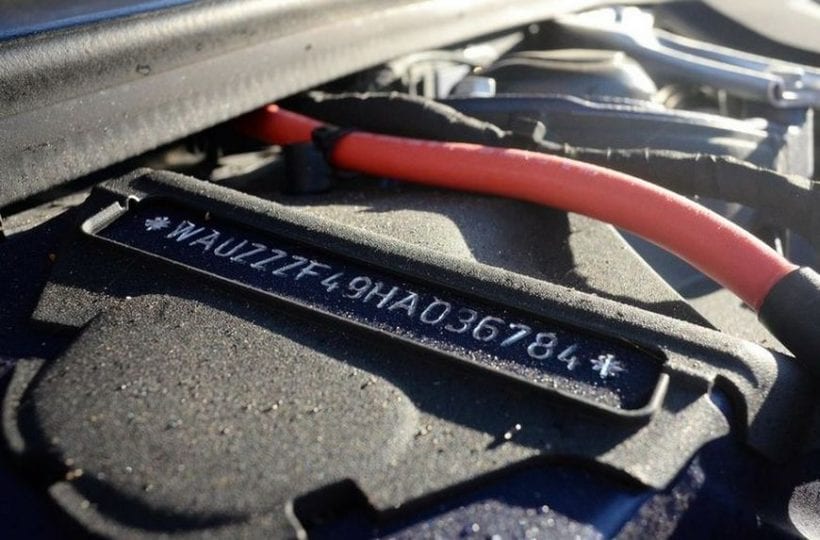
However, knowing why the VIN number is important also needs to be understood.
Firstly, every VIN plate on your car should be the same and if they aren’t, then you may have a problem. This could mean that your car:
- Is a clone with criminals stealing the identity of a legitimate car
- Your vehicle may be a ‘cut and shut’ car which is made from different vehicles.
Find your VIN number on the V5C
Another place to check for the VIN number is on the vehicle’s V5C registration document, also known as the logbook. It is clearly stated in the vehicle details box on page 2.
Remember, this is a 17-digit number, and you can check it against the numbers displayed on the car.
Is a paid for VIN check necessary?
If you are buying a used car, then it may be worth paying a small fee to carry out a full history check.
That’s because the VIN number is used by insurance companies and finance firms as well as the manufacturer to keep a record on their shared databases.
The VIN check will reveal:
- Whether there is any outstanding finance on the car
- Whether it has been subject to an insurance claim
- Whether the car has been written off or repaired
- Reveal the MOT history
- A paid-for check will also confirm the vehicle registration number, its colour as well as the registration number.
What does the VIN number mean?
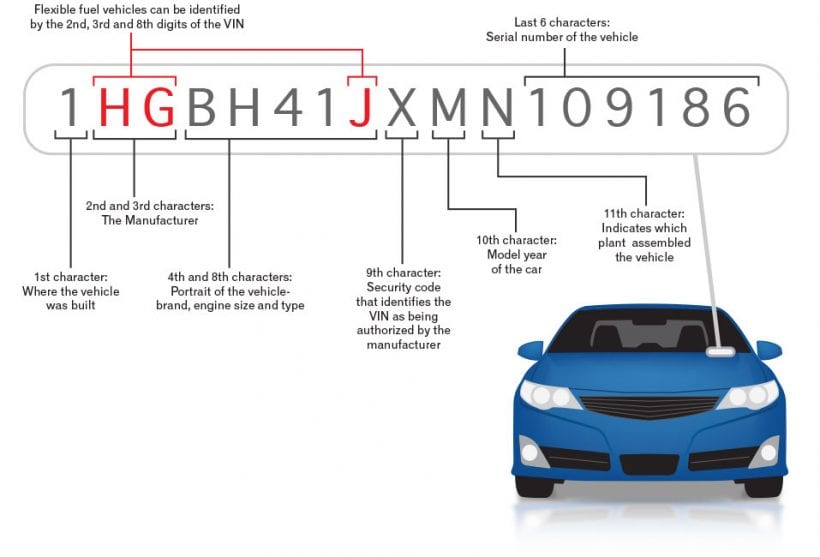
For those who need to know, the 17-digit VIN number consists of various groupings to reveal a lot of information. They are:
- The first three digits will denote the vehicle manufacturer, for example, SAL is for Land Rover and SAJ is for Jaguar.
- Digits four to nine are for the vehicle description so they will detail the platform, the vehicle type as well as the body style. If there’s more than one engine choice for your car, then this will be given here.
- Digits 10 to 17 will usually be a serial number to identify a specific vehicle, but they also include something the manufacturer wants to include such as the powertrain and various option choices.
Your number plate is NOT the VIN!
It’s also worth stressing that your car’s number plate is not the VIN number.
While the number plate and the VIN will provide information about your vehicle, the details will vary considerably.
Basically, the number plate offers very basic information, and these plates can be seen easily on a car.
The first two letters on a number plate will detail where it has been registered.
This means that the general region will be the first letter, and the second letter represents the car’s nearest DVLA office.
The two middle digits reveal the car’s age, while the final three letters are randomly created to deliver a unique identity – and an easy way for the authorities and the police to check the car on the DVLA database.
It’s also easy for a criminal to clone a number plate with a car of the same make, model and colour. Replicating the VIN number is much more difficult.
However, if you are buying a used car you can still use the number plate to find the VIN – and then use this to authenticate the car you are about to buy.
But due to legal reasons, you will only be given the last five digits of the VIN.
If you want the full number, you will have to apply to the DVLA to find it.
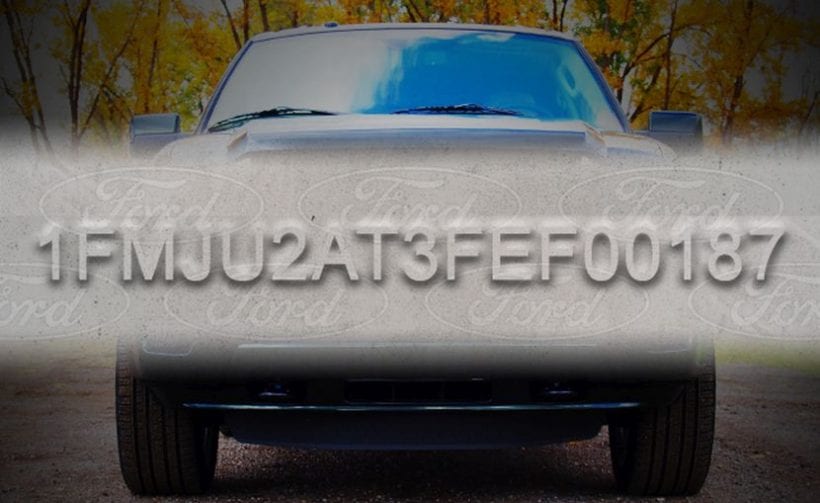
The VIN is key to knowing a car is legitimate
Essentially, the unique VIN number is key for knowing that a vehicle you want to buy is legitimate and not an insurance write-off – or a car that has been cloned by criminals to fleece you of your hard-earned cash.
By investing a small amount of time and money, a vehicle registration check will bring peace of mind and potentially save you from becoming the victim of fraudsters.

